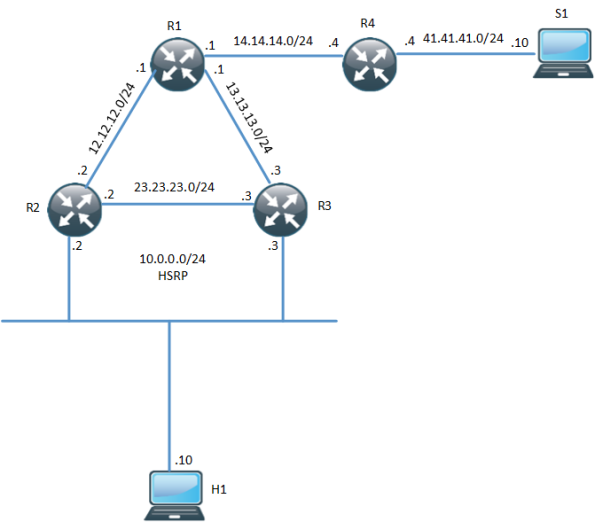PlexxiPulse—Leading the pack
This week, Facebook announced a new modular switch called the “6-pack,” which builds off of The Wedge (Facebook’s innovative piece of networking equipment announced last June.) The development of the “6-pack” comes on the heels of a relatively new white box movement within the networking industry where generic, off-the-shelf switching and routing hardware is used rather than custom-made infrastructure, making networks more manageable and easy to scale. Julie Bort covered this very topic earlier this week in her Cisco earnings roundup for Business Insider, and cited Plexxi as one of the startups leading the charge against complicated, legacy-type infrastructures like Cisco. Here at Plexxi, one of our top priorities is to provide our customers with the most efficient network possible and we’re proud to be recognized as an industry trailblazer.
Below please find a few of our top picks for our favorite news articles of the week. Have a great weekend!
Streetwise Journal: Cisco CEO: We Will Crush Facebook and Have Fun Beating VMware
By Larry Banks
On fire since a decent quarterly earnings report in which Cisco revenues rose by 7% and forecast 3 to 5% growth next quarter, the company CEO John Chambers was hugely confident Continue reading
